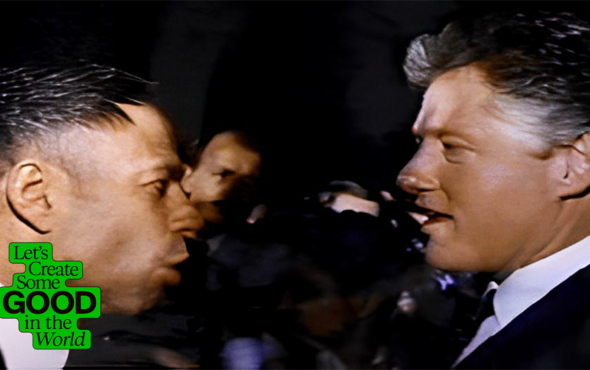
When I first interviewed 20-year-old Dillon for Mostly Straight: Sexual Fluidity Among Men (Harvard University Press), he was a goalie for his college hockey team.
Similar to straight guys, he had casual hookups with women, dated several women, and currently has a long-term girlfriend. Yet, since elementary school Dillon has had intense infatuations with guys and slight same-sex attractions. He has gone to gay bars with gay friends where he has occasionally made out with a guy.
His friends believe Dillon will eventually come out as gay—and several have volunteered to be his first male sex partner. Dillon laughs it off because he’s neither bisexual nor gay. He’s mostly straight, and has identified as such for over a decade—including the last time he contacted me earlier this year when he was 29.
A mostly straight young man resides in a region between heterosexuality and bisexuality on the sexual/romantic spectrum from exclusively straight to exclusively gay. In previous generations, he might have called himself “straight but not narrow,” “heteroflexible,” “bending a little,” or “bicurious.” Now, he has a home, an identity, and an orientation: mostly straight.
Although it’s difficult to establish the precise number of mostly straight young men, it’s likely to be at least 10% of the male population—a greater percentage than those who identify as gay or bisexual combined. Perhaps if our culture were less stigmatizing of same-sex sexuality a greater number would so identify.

Dillon belongs to a growing trend of young men who are secure in their heterosexuality yet remain aware of their sexual and/or romantic arousal to guys. How much gayness? Not much—around 5% to 10% of their sexual and romantic attractions. Perhaps, like Dillon, they’ve made out with a male friend or have had several guy crushes. Or, they’ve participated in an all-male group masturbation or are willing to receive oral sex from an attractive guy.
It’s unlikely, however, that they have had penetrative sex with a guy, though they might be willing to do so if the right guy came along. They’ve cuddled with a best friend, but to fall passionately in love with a guy might be too much.
That said, mostly straight guys are flexible, as 21-year-old Mike claimed: “If I could be like Walt Whitman was with some of his friends, I could… [be] open to the possibility of pursuing men because [you] never know who one can fall in love with and [it] could be a male.”
Growing up, a mostly straight boy might have assumed his same-sex eroticism was normal or typical of other boys—and thus there was no reason to come out as mostly straight. This was just a boys-will-be-boys thing. He didn’t yet realise he occupies a unique point along a sexual/romantic spectrum—he just liked playing sex games with a friend, engaging in team sports, having male friends, joining a gang, and, perhaps, pledging a fraternity.
It helps that his millennial culture, with a greater acceptance of gender and sexual diversity and the benefit of social media, is increasingly giving exposure to sexual and romantic complexity, thus decreasing its mysterious qualities and allowing him to give himself an identity—mostly straight.
In conducting my research for Mostly Straight, it is my distinct impression that mostly straight youth are not trying to be something else. They’re not transitioning toward identifying as bisexual or gay. They’re not closeted gay or bisexual men who want to keep a slight, perhaps secretive, gay side by dangling their potential for sex. They’re not saying, “I’m available for guys who want to have sex with a straight guy” while enjoying the privileges afforded to heterosexual men in our society.

Their mostly straight status is supported by research on their physiological responses while viewing pornographic videos of women (pupils dilated, similar to straight men) and men (pupils slightly aroused).
Recalling their own “bisexual phase” during the coming-out process when they resisted being totally gay by holding out “hope,” some gay men might assume that being mostly straight is similar, a safe space on the way toward total gayness.
Their straightness protects them from social ostracism, biphobia, homophobia, and sexual prejudice. Mostly straight youths recognise that they are indeed immune from the stigma of being gay. Yet, they seldom retreat or abandon their gay brothers and sisters, either politically in terms of progressive politics or personally in terms of comfort with gay people as individuals.
Many of the mostly straight young men I interviewed have major friends who are gay, favour marriage equality, and march as allies in gay pride parades. One young man I interviewed raises money for people with AIDS in Africa, another sings in a gay chorus, and another helped his gay roommate who was struggling to come out as gay.
They admire the strength and resiliency of their gay peers as they weather “social stigma, intimidation, discrimination, and oppression.”
Ritch C. Savin-Williams, Ph.D, is a professor of developmental psychology at Cornell University who specialises in gay, lesbian, and bisexual research.
His new book, Mostly Straight: Sexual Fluidity Among Men, is available to buy now.



